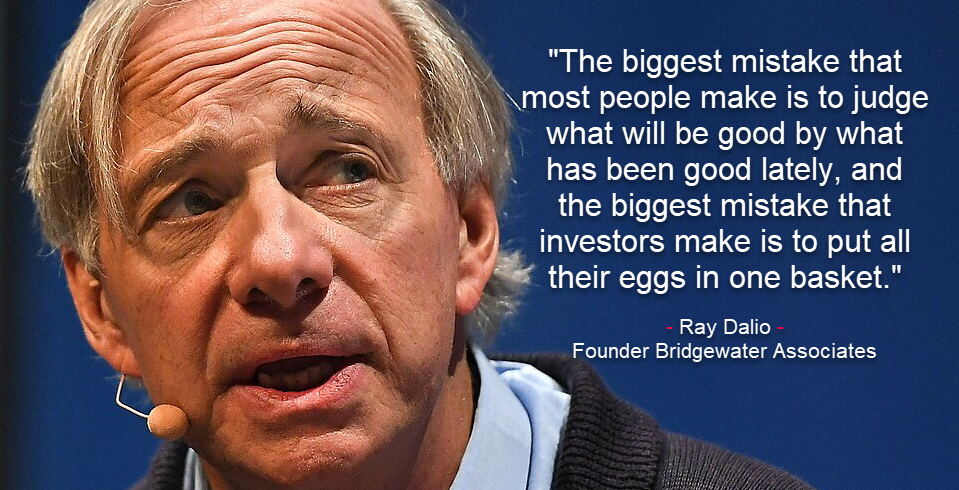The difference between the “bid” price and the “ask” price of a particular security is referred to as the “bid-ask spread.” In its most basic form, it can be understood as a measure of liquidity that indicates how simple it is to purchase or dispose of the specified security at any given time. A wider spread indicates that there is an increased supply/demand imbalance in the market, which leads to higher transaction costs; conversely, a narrower spread indicates that the market is more efficient, which results in lower transaction costs for traders.
The number of people who are actively trading in a particular market is the primary factor that establishes the bid-ask spread. When there are more buyers than sellers, this causes demand to exceed supply, which in turn causes the spread to narrow. The opposite is true when there are fewer buyers than sellers, which causes the spread to widen. As a result, these spreads are able to provide investors with useful insights into the current conditions of the market as well as the amount of liquidity that is present in various securities at any given point in time.
Understanding the bid-ask spread is important for investors because it enables them to determine whether or not entering or exiting a position will result in significant transaction costs (i.e., tight spreads), or whether they can benefit from better pricing opportunities with wider spreads (though this may require greater patience). However, a proper understanding and analysis of these metrics can go a long way toward ensuring that trading decisions are based on accurate information and sound reasoning rather than intuition alone. In the end, it is up to each individual investor to decide what type of spread works best for their trading strategies.






